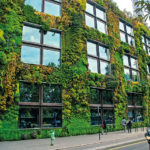A Walk Through Le Marais, The Oldest Quarter In The City Of Paris
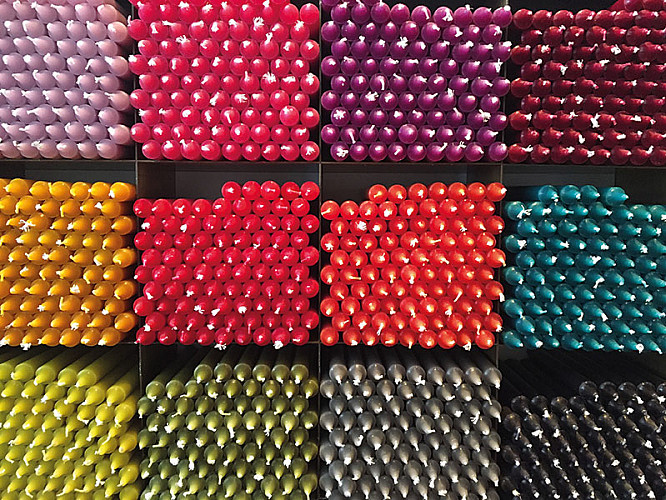
It was my second time in Paris, the first being almost 20 years ago. In two decades, for me, the city had taken on a mythical quality — a result of my own adolescent memories and the images that I had absorbed via films and the internet. And so, at the tail end of a trip to France, I stepped onto the tarmac at Charles de Gaulle Airport gingerly, hoping that the city would live up to all the hype.
At the back of my mind, Audrey Hepburn’s Sabrina was reminding me that ‘Paris isn’t for changing planes…it’s for changing your outlook…for throwing open the windows and letting in la vie en rose’. But with its now copiously Instagrammed sights, I wanted to shirk all the cliches and tourist haunts and find out if what Ms Hepburn described still existed.
I checked into the Pullman hotel in La Defense, chiding myself at first for staying in Paris’ business district. But all was forgotten on the first night, as I bit into a truffle mushroom naan followed by one stuffed with scallops, freshly baked in the restaurant’s tandoor oven, and washed down with champagne.
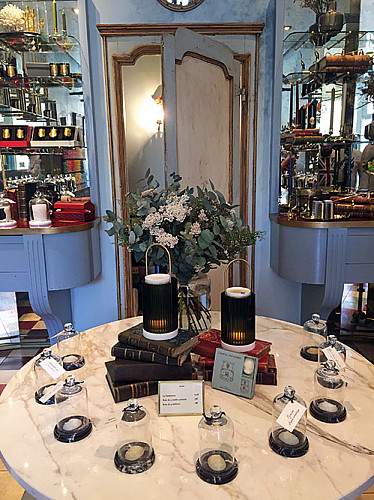
The next day, perfect, cloudless and sunny, the French capital had really turned on the charm. And so I embarked on a walk — that most Parisian of weekend activities. At the Saint-Paul metro station near Le Marais I was met by a soft-spoken woman, whom I later discovered was of Tamilian descent. “Today, I’m going to show you roses,” said Magalie Ayé of Les Balades de Magalie. I hid my aversion to the flower and its cloying sweetness before setting off on a meandering morning stroll.
Le Marais is one of the oldest areas in the city, still more or less in its original medieval form, and home to some impressive architecture and history. Guidebooks wax poetic about its trendy cafes and terraces, its art galleries and boutiques — all of which we skipped. With the rose as our motif for the day, we walked through pretty, cobblestoned streets, and made our way first to the Marais’ centrepiece, Place des Vosges; with its pastel pink buildings it is the oldest planned square in Paris. Unlike the wide boulevards of the rest of the city, the Marais is compact and mysterious — its tightly knit buildings and narrow lanes seem to hold many secrets. We crossed a shaded park and left the archways behind; before long, we were ducking into a covered passageway through a large wooden door. As it opened, I found myself in a 17th-century rose garden, surrounded by aristocratic mansions. Though hidden from the street, Square Saint-Gilles du Grand Veneur is open to the public and maintained by the city’s gardeners who tend to a dizzying variety of roses.
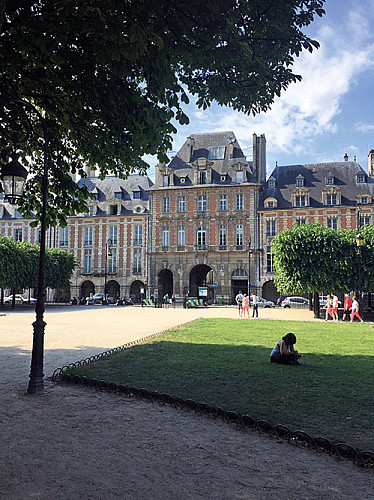
A few streets later, cutting across more gardens and after a quick peek into the archeological repository that is Square George Caïn, we arrived at Cire Trudon. Candle makers since 1643 to Louis XIV, this luxe boutique proudly wears its regal associations and heritage on its sleeve. Each signature glass votive — handcrafted in Vinci, Italy — bears the emblem of the Royal Wax Manufacturer. A well-guarded, proprietary formula is used to produce the beeswax candles in Normandy. Each of their 24 classic fragrances is complex and unique, but we made a ‘beeline’ for Joséphine, with its heart of sweet Turkish rose; no doubt named after Napoleon’s paramour and first wife, whose given name was Rose.
Our next stop was another Parisian institution — Pierre Hermé. The renowned pastry chef is known for his delicate macarons, and especially his Ispahan collection, featuring decadent concoctions of lychee, raspberry and of course rose, available only during Christmas. A little too early for the holiday season, we opted for a jar of Ispahan jam instead.
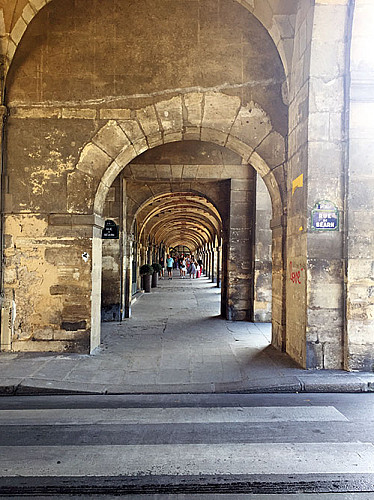
We followed our noses a few blocks down to the uber-chic Parle Moi de Parfum. The name literally translates to ‘talk to me about perfume’. Where typical perfumeries cultivate an air of intrigue and exclusivity, Parle Moi eschews fancy bottles and marketing gimmicks in an attempt to make it more accessible. With a stark black-and-white decor, we walk into this lab with identical bottles lined up against the walls and are greeted warmly by the proprietor Benjamin Almairac, whose father Michel Almairac, I was told, is the nose behind Gucci Rush, L’Eau de Chloe and a string of scents for brands like Armani, Burberry and more. Immensely knowledgeable about how different scents work together, Almairac explained how the fragrances are produced and recommended the perfect one based on our preferences and scent memories.
We wound our way to the bustling Saint-Antoine and returned to reality. It turns out it’s still possible to get swept away by Paris, if you’re willing to dig a little deeper. I decided to walk along the Seine — my Fitbit count now off the charts at 22,000 steps — until my feet begged me to take the metro back to La Defense. Everything, I thought to myself, was coming up roses.
Related posts from Verve:
Verve Trending
Sorry. No data so far.
us on Facebook to stay updated with the latest trends

